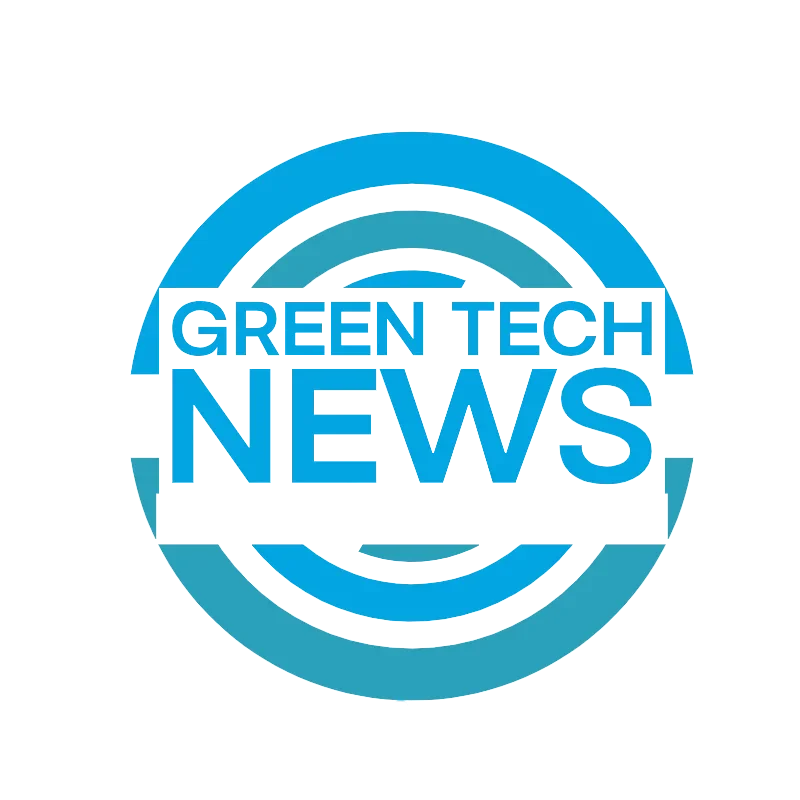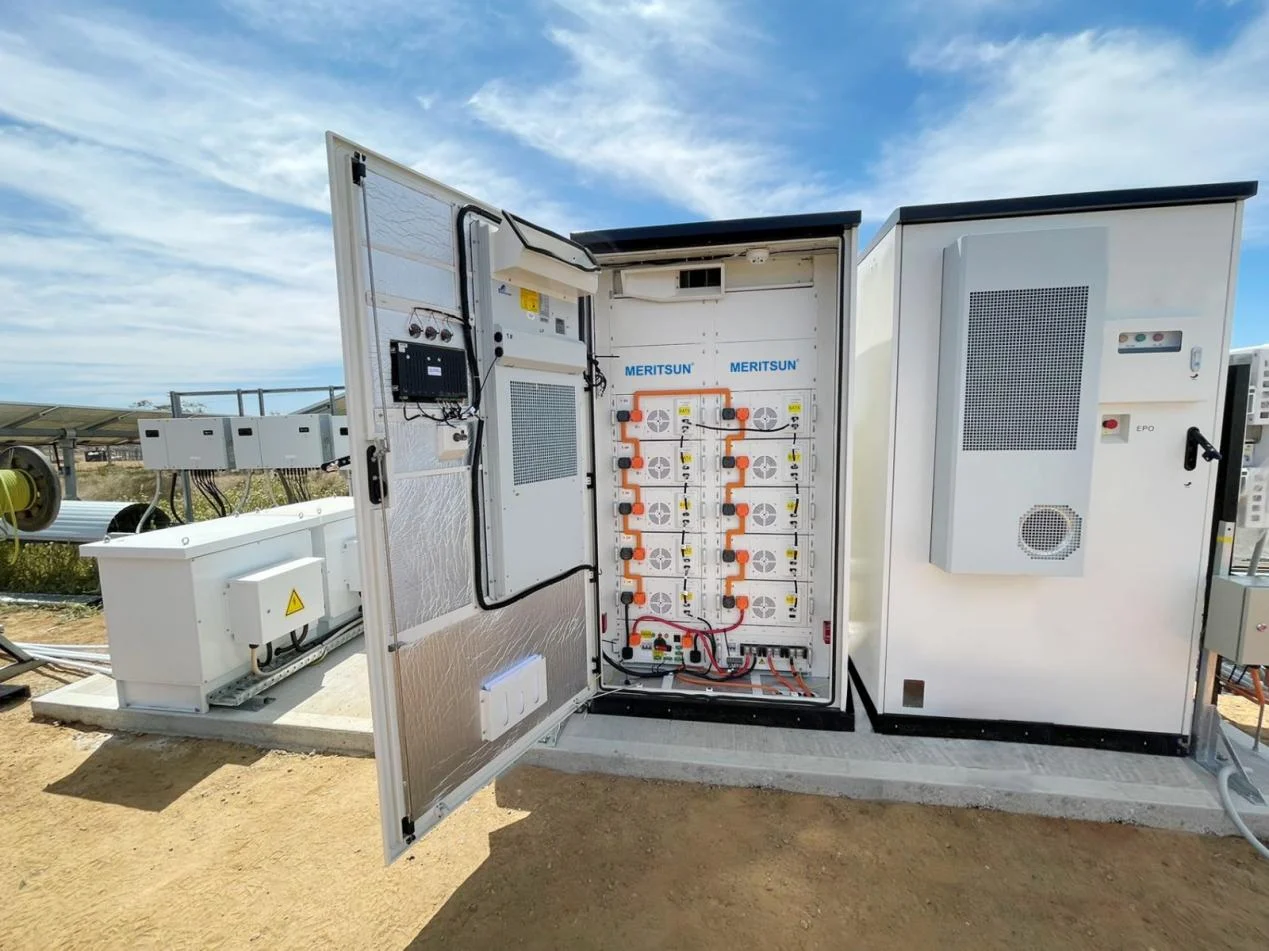String PV inverter: Flexible “small giant”
Series photovoltaic inverters are “small giants” in systems of solar power generation. Although the size is not big, the energy it can provide cannot be ignored. The working principle of the string inverter is to form one or more photovoltaic cells in series, think of a bunch of grapes, and each way or several ways of the photovoltaic group is connected to a series inverter. In practical applications, sometimes several such “little giants” are required to operate side by side, thus connecting to the grid simultaneously to reach the power output required. These often incorporate a multi-channel MPPT control unit that, among other features, permits capture and utilization of energy in sunlight with much better intelligence, even when lighting conditions vary greatly.
advantage
- Long life star: Series inverters almost do not contain easily damaged parts like fans and fuses compared with traditional power stations, so they can run stably for a long time and reduce the frequency of maintenance.
- Fault Location Master:It has the ability to precisely locate the fault area, which helps in quickly repairing the problem and ensures the continuous and efficient operation of the system.
- Environmental adaptor: can well avoid PID effect, operate normally in high humidity areas, and meet the harmonic requirements of different regions to ensure the power quality meets the standard.
- Maintenance-free design: The product of the domestic head enterprises is designed according to operating life of 25 years, and the system loss is low with protection grade IP65. This can minimize the influence of the outside factors on internal parts so that almost the entire system reaches the goal of no maintenance.
Lack of weaknesses
- Increased complexity: Since a large number of electronic components are used in due settings, it is rather difficult; the more the number of components, the less reliable the test.
- Altitude limitation:The gap between power devices and electrical appliances is quite small, which influences its performance at high altitude regions.
- Security issues: no isolation transformer, large DC component may have some impact on power grid; When multiple numbers of inverters are parallel connected, the total distortion harmonic value is higher than that.
- Some difficulties in monitoring: Numbers of inverters are very large, which will make the possibility of failure huge and the system monitoring is complicated.
- Functional limitations: A single inverter can achieve zero voltage crossing and so on functions, but to multi-inverter interconnection, the realization of these functions is more difficult.
- Heat spot and shadow problem: Although the string structure has flexibility, it can not completely avoid the efficiency loss caused by the heat spot effect and shadow occlusion.
Working principle
The core of a string photovoltaic inverter is to process the DC from the photovoltaic cell pack into AC input to the grid. This depends on two key technologies:
MPPT technology: MPPT technology is used for tracking the maximum power point of the photovoltaic cell to ensure that at all times, the system is in the best working efficiency.
PWM technology: The output voltage is controlled by adjusting the on-time and frequency of the switching device to complete the conversion from DC to AC.
Series inverters are the preferred solution for places where traffic is difficult, terrain is complex, or light conditions are limited, such as mountains, slopes, or sheltered areas, due to their flexibility and adaptability. They can not only work stably in harsh environments but also be easy to install, which is very suitable for distributed photovoltaic power generation projects.
Centralized Photovoltaic Inverters: Heart of Large Photovoltaic Power Plants
The centralized photovoltaic inverter is the “heart” of the photovoltaic system, responsible for converting the direct current generated by multiple solar panels connected in series into alternating current that can be fed into the grid. It is of particular suitability for large-scale, flat terrain, superior lighting condition from the ground photovoltaic power station. Its normal power rating is between 500kW and 3MW, which enables it to meet the need for a power station starting from a large and super large range of 10MW up to 1GW levels.
Characteristics and advantages
- Efficient management: With fewer inverters required, it not only simplifies the management and maintenance of the system but also increases overall reliability.
- Quality power: Smaller harmonic and DC components result in better power quality, hence less impact on the grid.
- Highly integrated: The highly centralized design reduces the number of components, reduces costs, and enhances the protection mechanism to improve plant safety.
- Grid-friendly: with power factor regulation and low voltage crossing capability, the adjustability and stability of power grid can be good under different conditions.
Challenges and limitations
Although centralized PV inverters have a lot of advantages, it also faces some challenges:
- DC bus box problem: The DC bus box is easy to become a fault point, which affects the stable operation of the whole system.
- Small MPPT voltage range-inflexibility restricts selecting the configuration of components due to a narrower MPPT voltage range and may generate less in adverse weather.
- Difficult to install: Require dedicated device rooms and other equipment supporting the installation of inverters and heat dissipation increases the degree of difficulty.
- Lack of Redundancy: If anything goes wrong, the system might get to a total shutdown and hence lack its redundancy protection.
The environment is poorly adaptive: centralized inverter devices, particularly high temperature, dusty or erosive conditions, easily damages it and this has effects on the life and reduction of safety factors.
Operation Stability and Safety
Stability and security considerations
Centralized inverters tend to be in earthen buildings or container-type device rooms. The nominal protective value may be IP54 or even higher. In a real working scenario, an appropriately reduced actual protective performance from using air for cooling usually comes out quite unexpectedly or low. Especially in most saline-alkali areas in the northwest of China, this may be true because the accumulation of salt ions can lead to accelerated corrosion of electronic components, which will result in leakage current and other problems, affecting the safety and stability of the system.
Moreover, long running will raise the indoor temperature, especially in summer, and the temperature in the machine room may reach more than 50 degrees Celsius, which threatens the life of the electronic components inside the inverter. At the same time, dust and moisture may also cause the creepage distance on the board to narrow, causing the risk of leakage and even fire. Therefore, ventilation and heat dissipation measures must be good, and protective means should be applied accordingly in these special environments.
Safety hazards on the DC side are a particular risk for centralized inverters in their design for potential risks of DC short circuits or other failures; the correct selection and proper use of protective equipment-like suitable circuit breakers-are very important to assure long-term reliable operation for the system.
In a word, the centralized photovoltaic inverter has a very important position in the large-scale photovoltaic power plant because of its strong capability for high-power processing and good adaptability to the grid. However, due to its inherent limit, it is necessary for optimization at the design stage and operation and maintenance management in the later stage in order for the system stably and safely operating under different environmental conditions.

